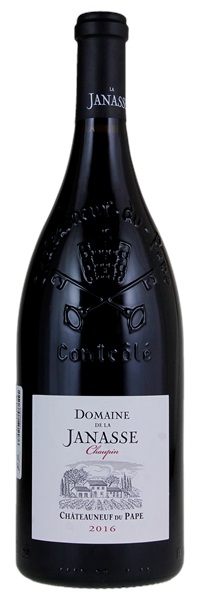Estimate

Blackberry liqueur, black cherries, olives, crushed flowers and licorice all emerge from this beauty, and it hits the palate with a full-bodied mouthfeel, sweet, resolved tannin and a great finish.
Delightful plum, raspberry and blackberry compote flavors form the core, with racy, graphite-edged structure running underneath. Dark anise and tobacco notes check in throughout. The long finish lets the fruit linger.
This is a profound expression of grenache with brambly, red fruit wrapped in wild herbs and flowers. Fresh, yet deeply ripe and expressive.
Lurid ruby. An expansive, complex bouquet evokes cherry liqueur, blueberry, incense and candied flowers, along with a smoky mineral nuance that builds in the background. Shows outstanding depth and energy to the red and blue fruit and spicecake flavors...
Smoky oak notes on the nose, and just enough fruit power to give balance on the palate. High tannin giving a chalky mouthfeel, and lots of dense fruit on the finish.